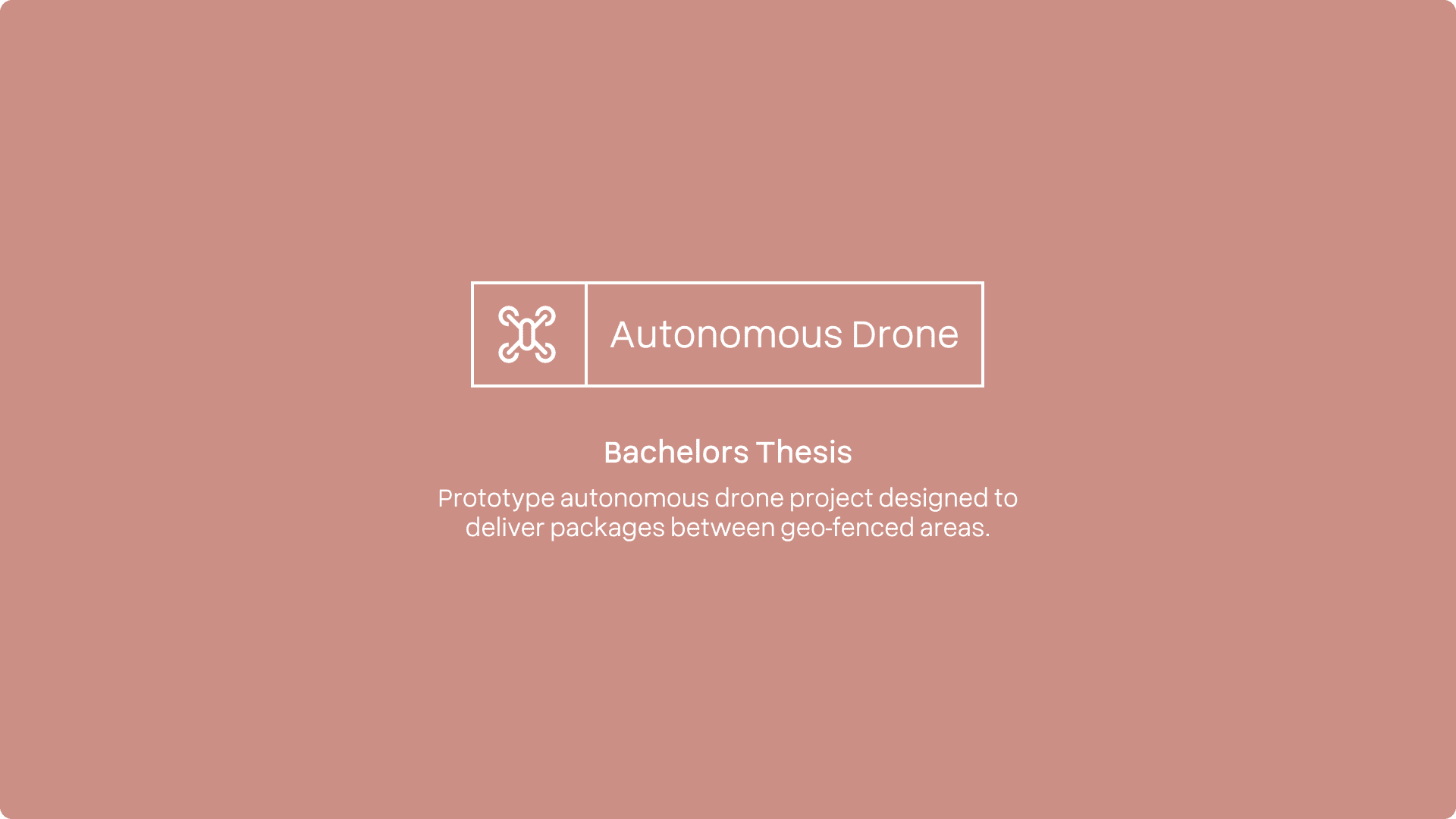
Cover Image
1 / 1
←
→
For my Bachelor's degree dissertation project, I designed and developed an autonomous drone platform utilizing the Robotics Operating System (ROS). This platform had the ability to execute takeoffs, landings, and navigate accurately along a series of waypoints, covering distances of over 100 meters while staying within a user-defined geo-fenced area.
What I Did
- Developing an Autonomous Drone isn't a typical Dissertation topic and as a result presented unique challenges and opportunities. To allow the drone to navigate from point A to point B, I created a pathfinding system based on Kalman Filters. For automatic landing, I used image analysis to identify a landing symbol and adjust the drone's position to accurately land at the center of the landing zone. To effectively link the pathfinding and landing systems, I developed a web-based UI that not only allowed marking of out-of-bounds areas and paths, but also provided real-time tracking of the drone's progress.- The project required a significant amount of effort, but in return, it opened up new areas of study such as pathfinding algorithms, data visualization, and image analysis. Despite the challenges and stress, the project was incredibly rewarding. There is a unique satisfaction in seeing a piece of code you wrote work as intended, but that feeling is amplified when you see that piece of code buzzing around in the sky in front of you.
- Unsurprisingly it was not without significant obstacles, including the constant challenge posed by wind, measurement inaccuracies that impacted accurate course correction, and limited documentation for the different sub-systems of the drone, which made the development process slow to a crawl. To overcome these difficulties, Kalman filters were introduced and integrated into the pathfinding algorithm to allow for quick, approximate adjustments to the path.